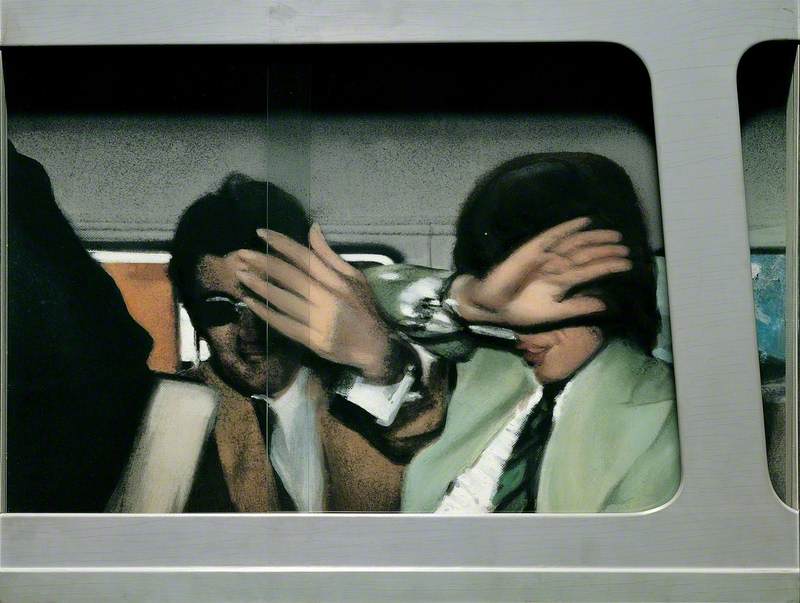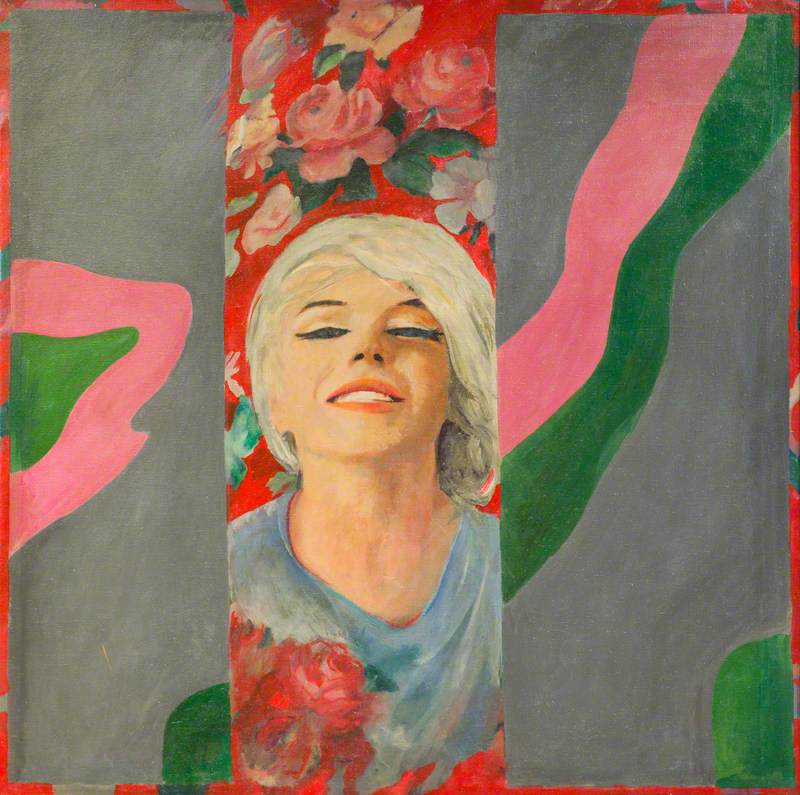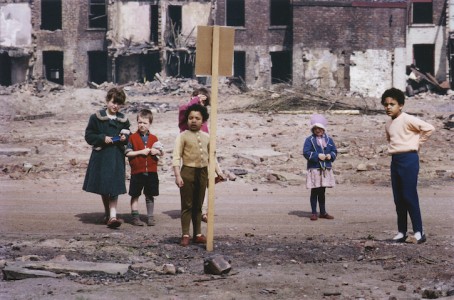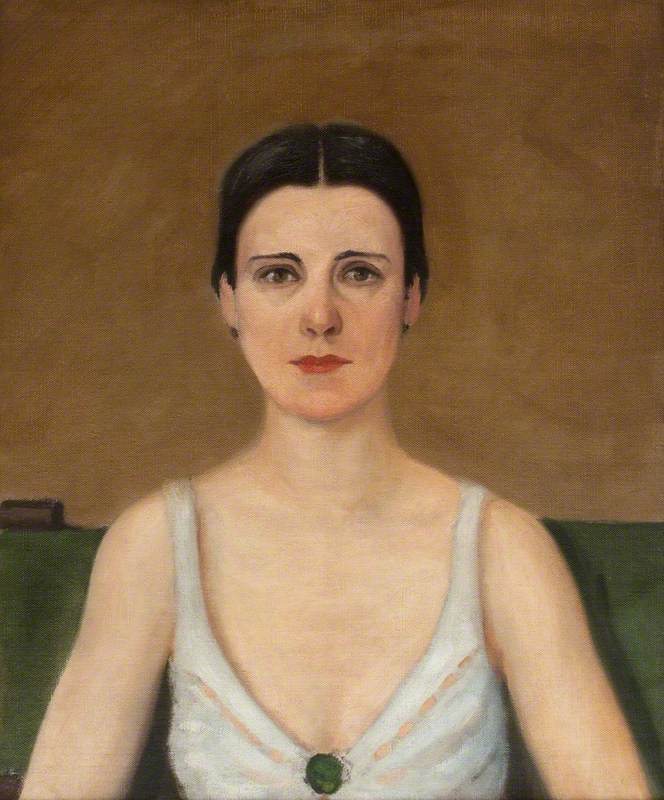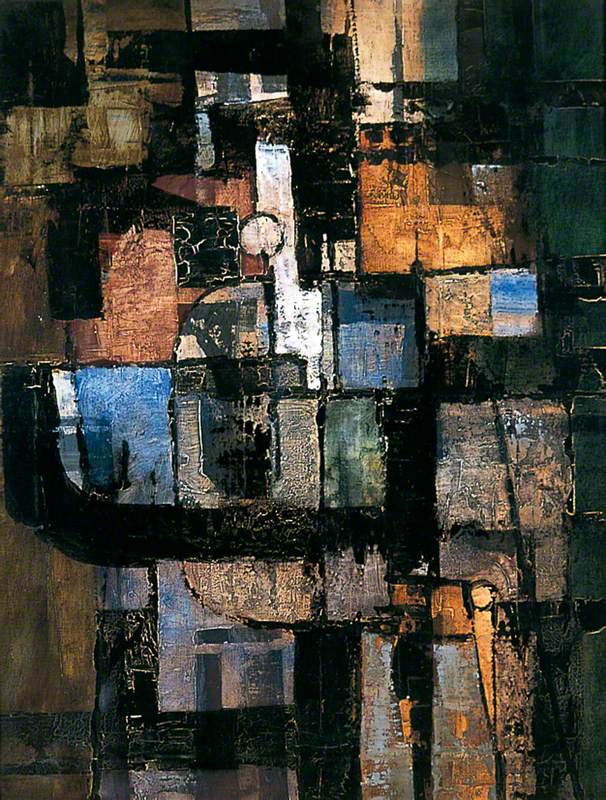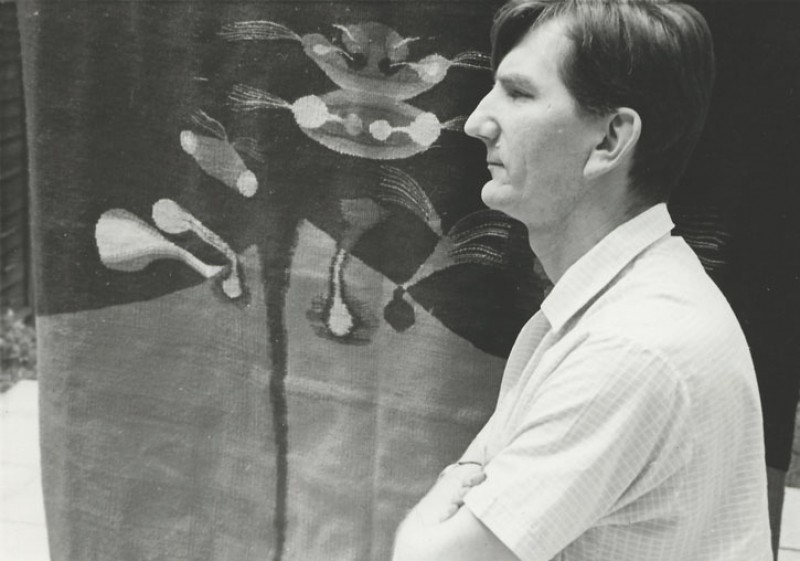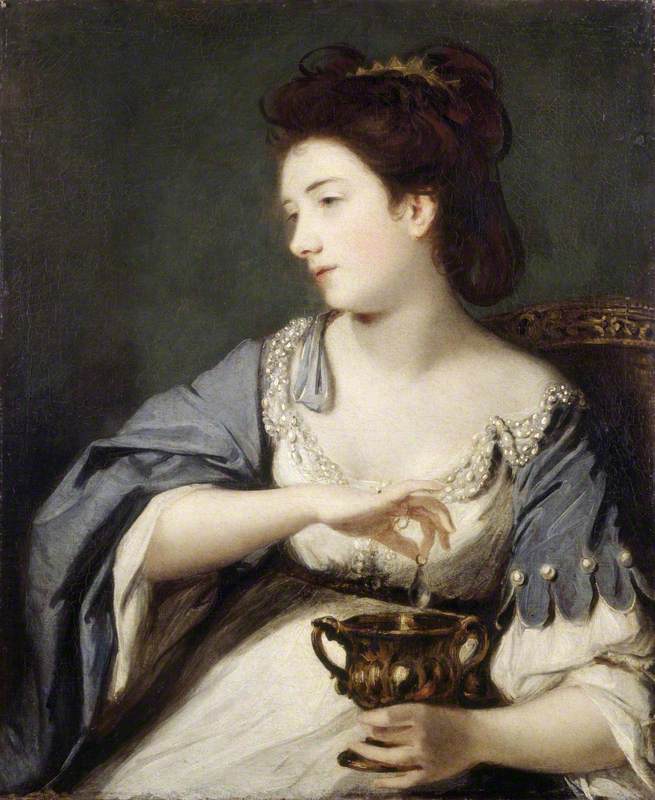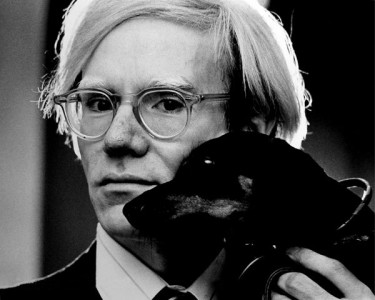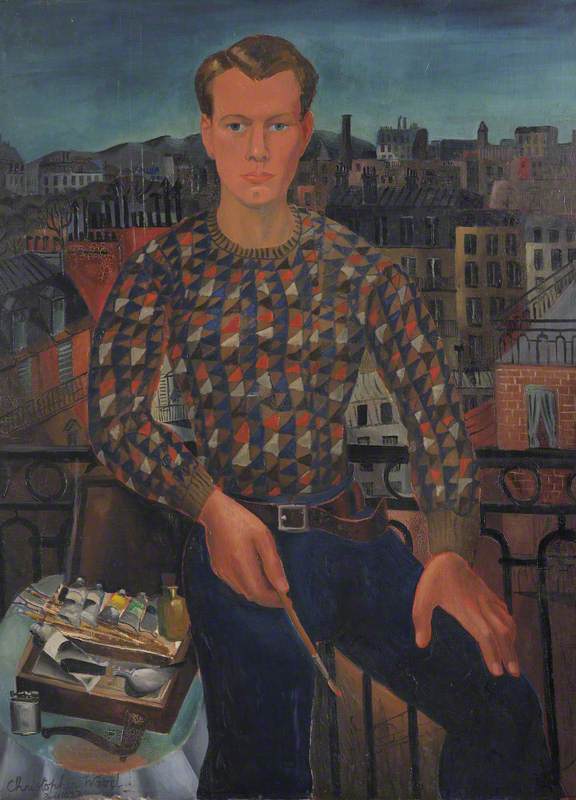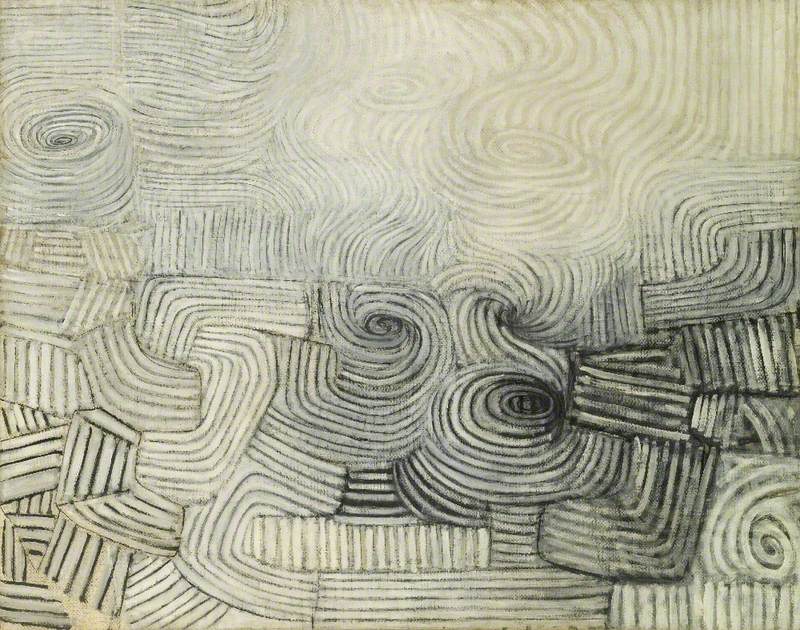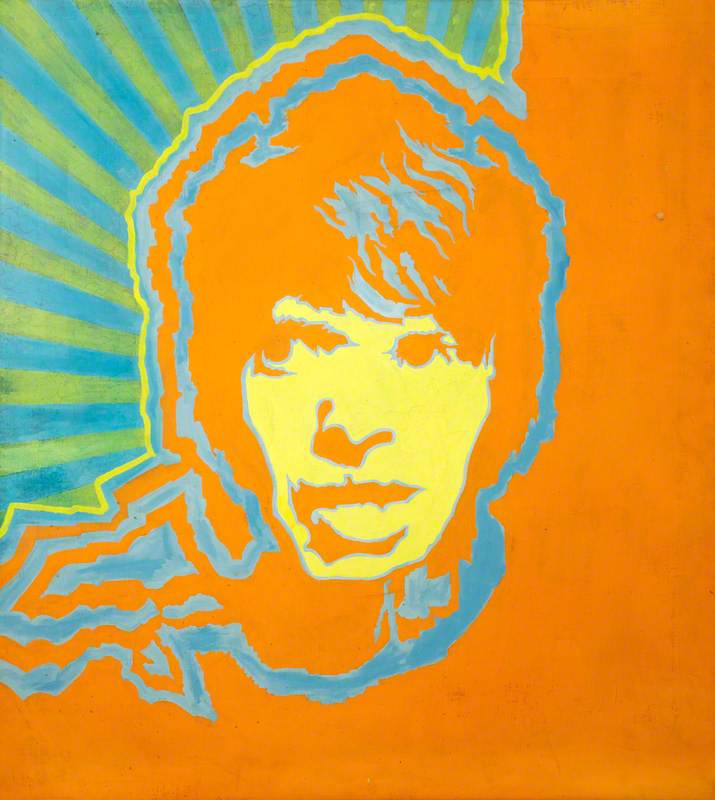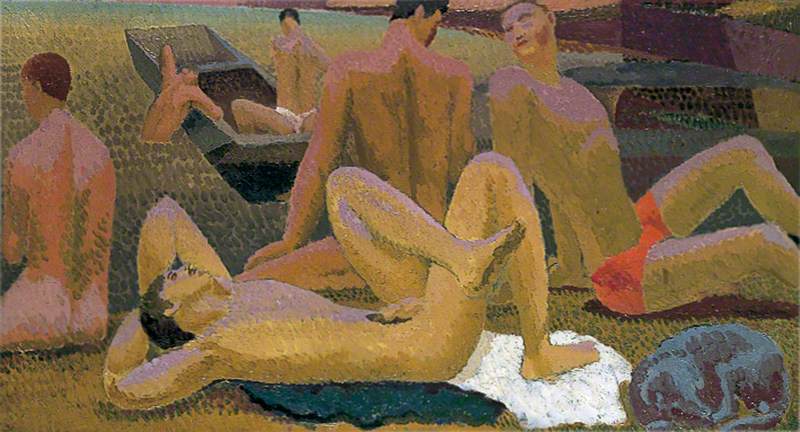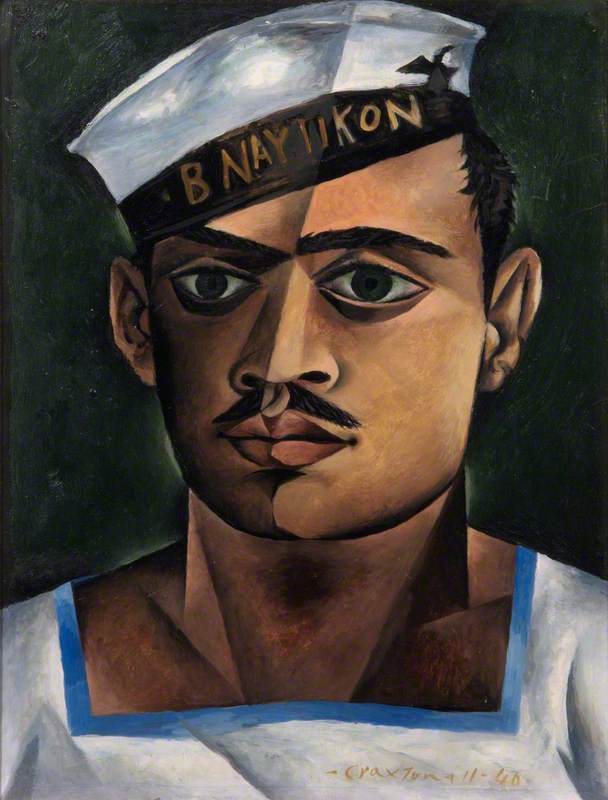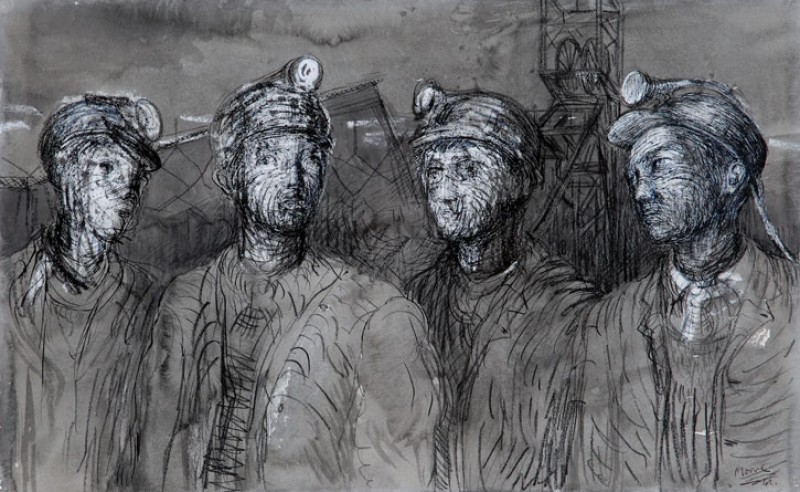In 1957, British artist Richard Hamilton wrote a list that defined his understanding of popular culture: 'Popular (designed for a mass audience); Transient (short-term solution); Expendable (easily forgotten); Low-cost; Mass-produced; Young (aimed at Youth); Witty; Sexy; Gimmicky; Glamorous; Big Business.'
Hamilton was to incorporate many of these categories in a work that captures the aspirations and hypocrisy of 1960s Britain. Pop Art is often viewed as an American phenomenon, yet some of the movement's earliest stirrings came from Britain.
His Swingeing London '67 captures the moment Mick Jagger and Robert Fraser (an art dealer and Hamilton's friend) were hauled away to court. They had been arrested on suspicion of possessing drugs on 12th February 1967 after a party at Keith Richards's farmhouse in West Wittering, Sussex – less than 10 miles from Chichester, where the work now is housed.
Hamilton created several artworks based on a press photograph taken of Jagger and Fraser handcuffed together and shielding their eyes as they arrived at Chichester magistrates court.
'I had felt a strong personal indignation at the insanity of legal institutions which could jail anyone for the offence of self-abuse with drugs,' Hamilton said. 'The sentence in the case of my friend Robert Fraser was blatantly not intended to help him through a sickness; it was to be a notorious example to others.'
Commenting on the sensationalist and varying accounts of the arrests reported in the press, Hamilton created numerous different versions, each incorporating a screen print of the photograph featured in the Daily Mail. Pallant House Gallery's version (measuring 60.8 cm by 79.5 cm) has a relief-moulded frame and glazed panel that simulates the window of the police van, and Hamilton has added paint and metallised acetate to highlight the handcuffs.
The cathedral city of Chichester could almost be on a different planet compared with the radical excesses of cities such as New York or London. Yet this quiet corner of Sussex was the setting for an artwork that brilliantly captures the glitz, glamour and even the darkness that is at the heart of Pop Art. It cements British artists like Hamilton firmly at the centre of one of the twentieth century's most influential art movements.
Louise Weller, Head of Exhibitions, Pallant House Gallery
Enjoyed this story? Get all the latest Art UK stories sent directly to your inbox when you sign up for our newsletter.
